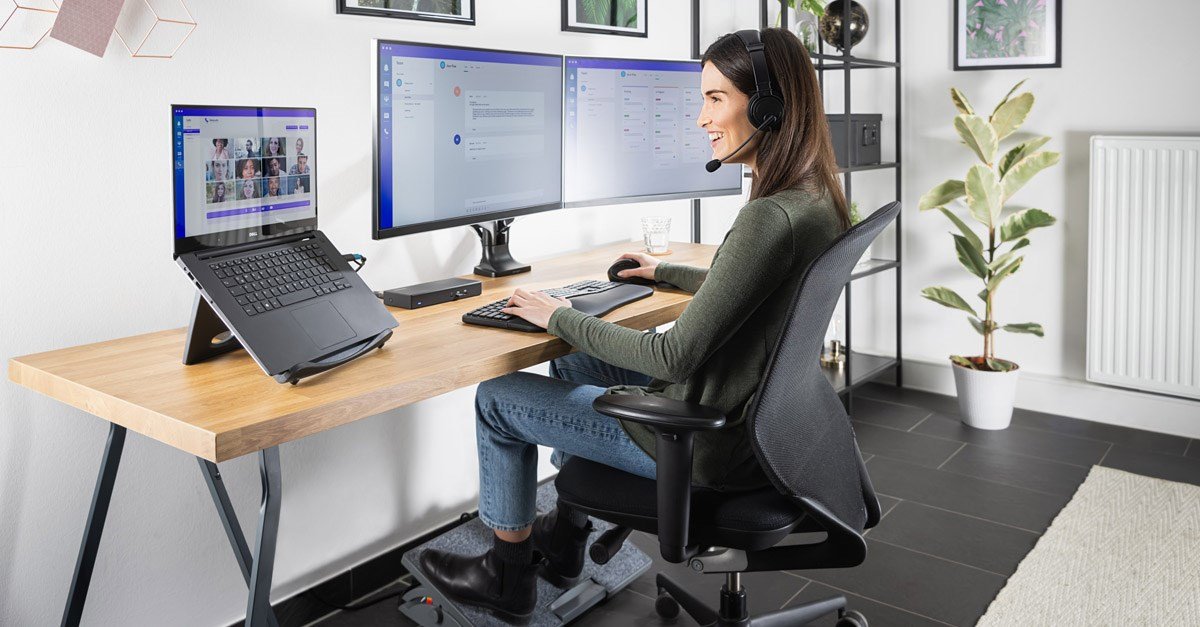
The home office is a place where you can work from the comfort of your own home. But that doesn’t mean that it has to be an uncomfortable experience.
It is important to create an ergonomic home office that will help support your spine and help you stay productive and healthy.
If you experience persistent back pain, neck pain or other musculoskeletal pain, you may benefit from first seeing a chiropractor.
Chiropractors, such as chiropractor Dulwich Hill, may be able to help determine the source of your pain and provide chiropractic care. They may also be able to provide lifestyle advice, such as posture tips and stretches to do when working from home.
Below are some tips for creating an ergonomic home office that may help improve your posture, provide better support for your spine and make working from home more comfortable.
How To Create An ergonomic Home Office Environment
The first step to creating a work-from-home office is to find a space that will work best for you.
This is usually an unused room in the house. You want it to be large enough to fit your desk, chair, and any other items you need.
Consider your desk and monitor layout
Once you have a space sorted, the next step is to set up your desk.
You should place the monitor at eye level so that you are not bending down or craning your neck upwards while you are working. Straining your neck forward or bending down can place unnecessary stress on your neck, which may contribute to pain, tension and stiffness.
To avoid this, the screen should also be placed about 40-45 centimetres (18 inches) away from the keyboard so that you can keep your head, hands and arms in a natural position.
Make sure you have a comfortable chair with good back support
It’s also important that your chair is comfortable and supports your back and spine. You can Visit Ergo Tune for Relaxing and Comfortable work chair.
It is not recommended to work from your dining chair, lounge or bed when working from home. Poor sitting positions, or sitting in a slouched position may place stress and pressure on the spine and joint.
To avoid the risk of injury, pain, or discomfort, it is important to maintain good posture when you are seated and distribute your weight evenly. This means avoiding uneven seated positions such as crossing your legs.
It is recommended to sit at a 90-degree angle so that your ears, shoulders and hips are in a vertical line.
Take frequent breaks and stretch your legs
Whether you work from home or still head into an office, it is important to take frequent breaks and stretch your body, particularly your legs and spine.
Research has found that sitting for long periods contributed to numerous health concerns including increased blood pressure and high cholesterol.
Additionally, remaining in the same position for long periods can cause your muscles to tire and this is when people tend to slouch or slump.
It is recommended to get up and stretch every hour. Investing in a standing desk may also help you change your positions regularly and help improve your home office ergonomics.
